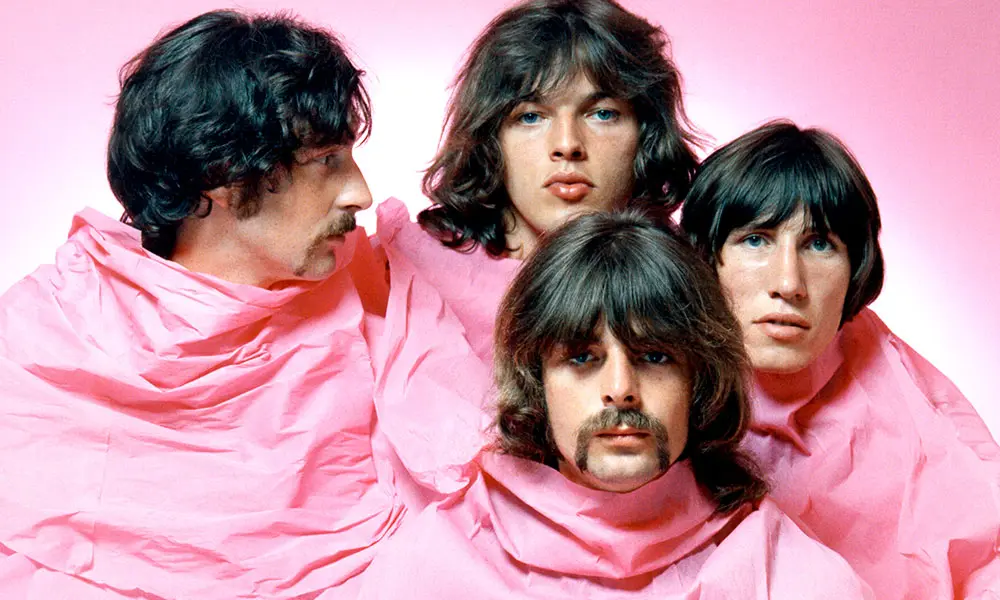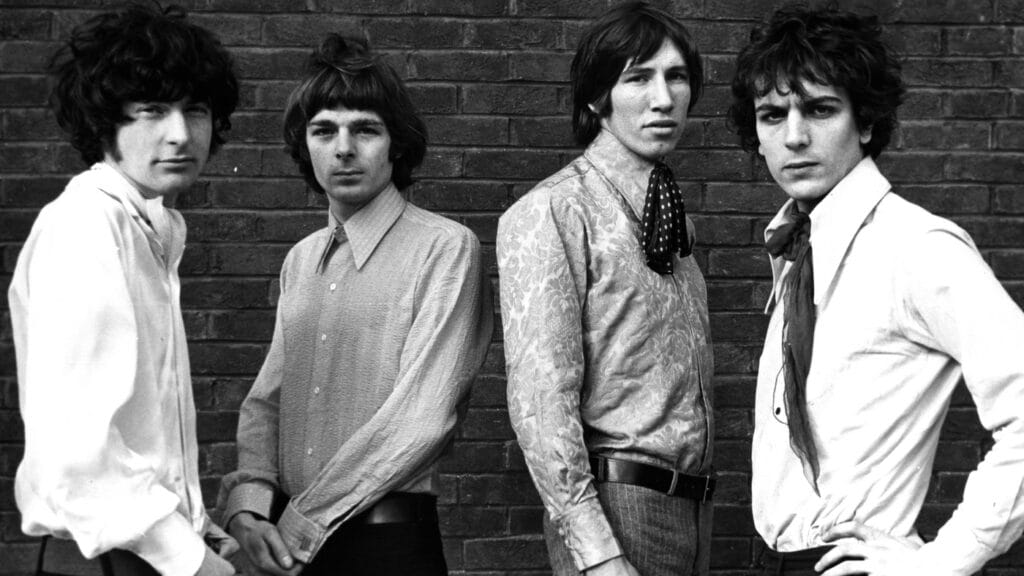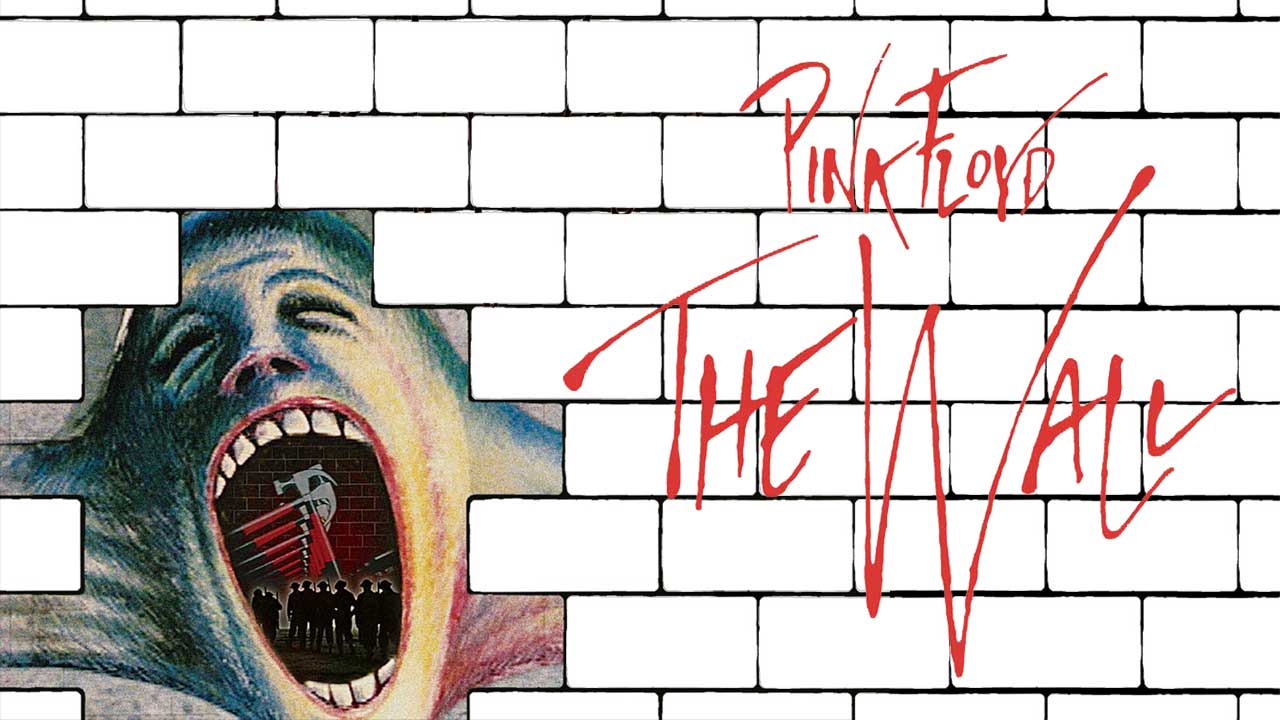Pink Floyd’s The Wall stands as one of the most iconic and influential albums in the history of rock music. Released in 1979, this sprawling concept album explores themes of isolation, alienation, and self-destruction, wrapped in the band’s signature sound of progressive rock. It transcended mere music to become a cultural phenomenon, shaping the landscape of rock and art for decades to come. But why is The Wall considered such an ultimate classic? Let’s explore the elements that solidify its legendary status.

1. A Masterpiece of Storytelling
At its core, The Wall is a rock opera, a narrative-driven album that chronicles the life of Pink, a rock star who slowly isolates himself from the world by building a metaphorical wall. The wall represents the emotional barriers Pink constructs due to personal traumas, including overbearing parental figures, a failed marriage, drug abuse, and the pressures of fame. Pink’s descent into madness and eventual self-destruction mirrors the existential struggles many face in modern society.
The album’s conceptual structure is unparalleled in the realm of rock. Unlike typical albums, where individual songs stand alone, The Wall feels like a unified piece of art. The songs blend seamlessly together, telling a coherent, intricate story. This was a departure from the more abstract themes of their previous albums, making The Wall both highly personal and universally relatable.
2. Timeless Themes of Alienation and Society
One reason The Wall resonates so deeply is its exploration of alienation, a theme as relevant today as it was in the late 1970s. The central metaphor of the wall represents not just personal isolation, but also societal barriers—political, emotional, and cultural—that divide people. Pink’s wall is symbolic of the defenses people build to protect themselves from pain, only to realize these defenses end up imprisoning them.
This sense of alienation is deeply tied to the anxieties of the time, including post-war disillusionment and fears of authoritarianism. Tracks like “Another Brick in the Wall, Part 2” critiqued the rigid, dehumanizing nature of education, a message that struck a chord with young listeners rebelling against institutional control. The cry of “We don’t need no education” became an anthem for resistance, echoing the widespread discontent with societal norms.
Yet, the themes of the album transcend their historical context, reflecting the timeless human condition. Even in today’s digitally-connected yet emotionally-disconnected world, The Wall‘s exploration of isolation, emotional numbness, and the pressure to conform remains deeply relevant.

3. Musical Innovation and Experimentation
The musical composition of The Wall is both ambitious and avant-garde. Pink Floyd’s sonic experimentation is evident throughout the album, blending various styles and instruments to create an immersive soundscape. From haunting ballads like “Mother” to the anthemic “Comfortably Numb,” the album stretches the boundaries of rock music.
The use of orchestration, synthesizers, sound effects, and innovative production techniques made the album sonically rich and multilayered. Producer Bob Ezrin helped the band craft a polished yet expansive sound, adding cinematic elements that made The Wall feel like more than just a collection of songs—it became an experience.
One of the standout features of The Wall is its dynamic shifts between soft, introspective moments and grandiose, larger-than-life musical crescendos. For example, the transition from the haunting quiet of “Is There Anybody Out There?” to the explosive energy of “Run Like Hell” is a testament to the album’s emotional and musical range.
4. Cultural Impact and Enduring Legacy
The cultural impact of The Wall extends far beyond its musical achievements. The album inspired an elaborate stage show that involved massive props, theatrical performances, and a literal wall being built and torn down during the performance. Pink Floyd’s The Wall tour in the early 1980s was unlike anything the world had seen in rock concerts, forever changing expectations for live performances in the genre.
In 1982, the album was adapted into a feature film directed by Alan Parker, with live-action scenes and disturbing animation that brought the story of Pink to life in a visceral, visual medium. The film became a cult classic in its own right, cementing the album’s narrative power and reaching an even broader audience.
Moreover, The Wall has been cited as a direct influence by countless musicians, spanning various genres. Its ambitious structure and emotional depth helped pave the way for other concept albums, and its themes of disillusionment continue to resonate with artists facing similar struggles with fame and identity.

5. Unforgettable Hits and Immersive Deep Cuts
While The Wall is best appreciated as a complete work, several individual tracks have transcended the album to become iconic in their own right. “Another Brick in the Wall, Part 2,” with its unforgettable children’s chorus, became a chart-topping hit, an anti-establishment anthem that is still widely recognized today.
“Comfortably Numb,” arguably one of Pink Floyd’s finest songs, is a masterclass in rock composition, featuring a soaring guitar solo by David Gilmour that has been hailed as one of the greatest solos of all time. The song’s melancholic lyrics about emotional disconnection and the numbing effects of fame resonate with listeners, while its flawless execution makes it a pinnacle of progressive rock artistry.
At the same time, deeper cuts like “Goodbye Blue Sky” and “Hey You” contribute to the album’s mood and narrative, drawing listeners further into Pink’s psychological collapse. Every song, from the claustrophobic “One of My Turns” to the paranoid “Waiting for the Worms,” adds layers of meaning and emotion to the overarching story.
6. The Personal vs. The Universal: Waters’ Vision
The Wall was primarily the brainchild of Roger Waters, the band’s bassist and lyricist, whose personal experiences heavily influenced the album’s themes. Waters’ relationship with his overprotective mother, his feelings of alienation within the band, and his reflections on post-World War II Britain all permeate the album. The character of Pink is a semi-autobiographical stand-in for Waters himself, with the wall representing both his personal and societal frustrations.
However, despite the intensely personal nature of the album, its themes are universally relatable. The struggles with identity, the fear of isolation, and the conflict between individuality and societal pressure resonate with listeners across generations. Waters’ ability to channel personal pain into a broader commentary on the human condition is one of the reasons why The Wall continues to endure as a timeless piece of art.
Conclusion
More than four decades after its release, The Wall remains a towering achievement in the world of music. Its combination of narrative depth, musical innovation, and emotional intensity ensures its place as an ultimate classic. The album’s exploration of themes that are universally human—alienation, identity, and the walls we build around ourselves—makes it perennially relevant. For both its artistic ambition and cultural impact, The Wall by Pink Floyd stands as one of the greatest albums in rock history, and its influence continues to reverberate in music, film, and beyond.Pink Floyd’s The Wall stands as one of the most iconic and influential albums in the history of rock music. Released in 1979, this sprawling concept album explores themes of isolation, alienation, and self-destruction, wrapped in the band’s signature sound of progressive rock. It transcended mere music to become a cultural phenomenon, shaping the landscape of rock and art for decades to come. But why is The Wall considered such an ultimate classic? Let’s explore the elements that solidify its legendary status.





